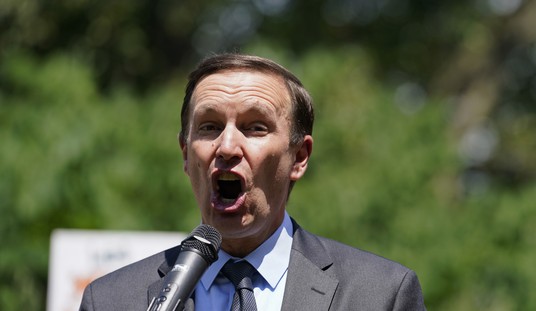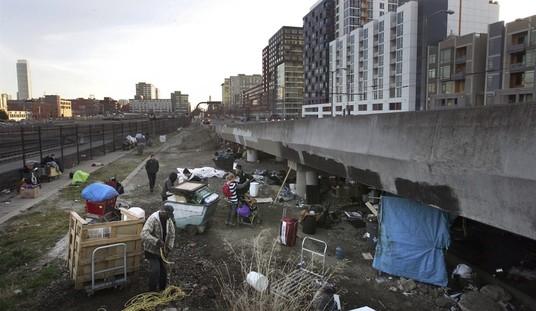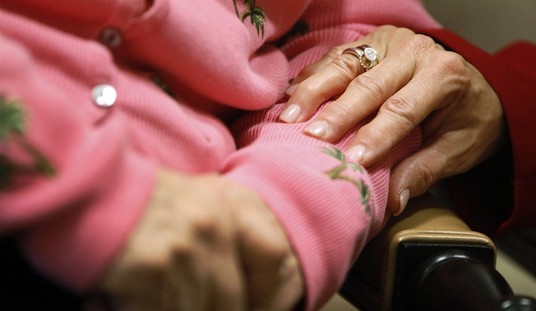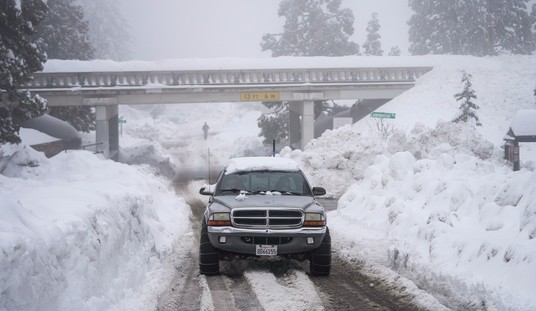We have written before about how the about Obama administration’s energy policies are destroying middle class. Each day brings new evidence that Obama’s so-called energy policy is little more than a collection of subsidies for favored industries with political connections that benefit, once again, the wealthy at the expense of the poor.
A good example of Obama’s wealthy-favoring energy policy is the rooftop solar industry. This renewable energy niche has lately grown into a nice little cottage industry for wealthy Wall Street and Silicon Valley investor types who’ve figured out a way of collecting solar tax credits intended for electric utility customers while sticking the customers with part of the bill. Steve Pociask of the American Consumer Institute Center for Citizen Research explains how this works in an article titled, “Another Tax Subsidy for the Rich“:
Net Metering is a program that allows consumers to generate energy from rooftop solar panels for their own use and to offset the cost of energy purchased from electric utilities. Because solar panels can be costly to purchase and install in homes, homeowners generally lease the cost of these solar panels and they are enticed to buy into the deal by receiving generous tax breaks. Of course, taxpayers are on the hook to cover these tax breaks.
Some states require electric utilities to buy excess solar energy from net metering consumers at or near retail prices. The problem with this idea is that when electric utilities buy this excess solar energy, it may not precisely coincide with the electric utility’s demand. This means that some of the solar energy being purchased by the utility has little or no offsetting benefit to the utility, its customers, or even the environment. Moreover, when utilities pay the retail price for solar energy they are unable to recover their full operating costs, which could affect maintenance and investment in the electric grid, and could eventually jeopardize service reliability.
In essence, this means that electric utilities are incurring added costs, which means that the utility’s customers – ratepayers – are ultimately on the hook to pay the difference. Worse, is the fact that consumers without solar panels are subsidizing consumers with solar panels. That’s right, those with less income are effectively subsidizing those with higher income.
Those folks with less income getting it coming and going. As energy gets cheaper for the well to do, who can afford things like solar panels on their roofs, energy costs will spike for everyone else as we head into another long, cold winter. As Jack Newsham has reported in the Boston Globe:
Massachusetts consumers will pay significantly higher electric bills this winter as a persistent shortage of natural gas for generating plants drives power prices to record levels. …
Other factors include the closing earlier this year of the coal-burning Salem Harbor Power Station and the planned shutdown of the Vermont Yankee nuclear plant, which will reduce the amount of electricity available to utilities this winter, said Dan Dolan, president of the New England Power Generators Association.
The same hardships are also anticipated in Main, New Hampshire and Upstate New York.
Newsham’s grim prediction is consistent with a white paper issued by U.S. Senators [mc_name name=’Sen. Lisa Murkowski (R-AK)’ chamber=’senate’ mcid=’M001153′ ] and [mc_name name=’Sen. Tim Scott (R-SC)’ chamber=’senate’ mcid=’S001184′ ] in September titled, “Plenty at Stake: Indicators of American Energy Insecurity.” Their analysis reveals that energy cost increases this winter could drive 840,000 Americans into poverty and force more than seven million people to dedicate more than a tenth of their income on home energy. “Poorer households are naturally more sensitive to increases in energy costs and are at far greater risk of energy insecurity,” the senators write.
In addition, seniors on a fixed income are especially vulnerable to skyrocketing energy costs. In a study titled, “Energy Bills Challenge America’s Fixed-Income Seniors,” the 60 Plus Association argues, “Future energy price increases, driven in large measure by petroleum supply and demand trends and by current and pending U.S. EPA regulations, are likely to outstrip real household incomes among the 63% of America’s 65+ households with gross annual incomes less than $50,000. The EPA’s newest proposal to regulate greenhouse gas emissions from existing power plants will further strain the budgets of low and fixed‐income seniors who are among the most vulnerable to electric rate and other energy price increases.”
Make no mistake. The policies of the Obama administration are making life less affordable for the most vulnerable in our society.
It’s interesting that in the face of all these dire predictions, President Obama’s terrible approval ratings and the growing prospect of the Democrats losing the Senate, three days ago the Energy Information Administration (a statistical wing of the Department of Energy), came out with a rosy Winter Fuels Outlook that is getting headlines like Home Heating Costs Likely to Be Cheaper This Winter and Good news: Your energy bill should shrink this winter. Does anybody besides me think that it is more than a coincidence that the EIA released such a surprisingly optimistic outlook four weeks before the midterm election?















Join the conversation as a VIP Member